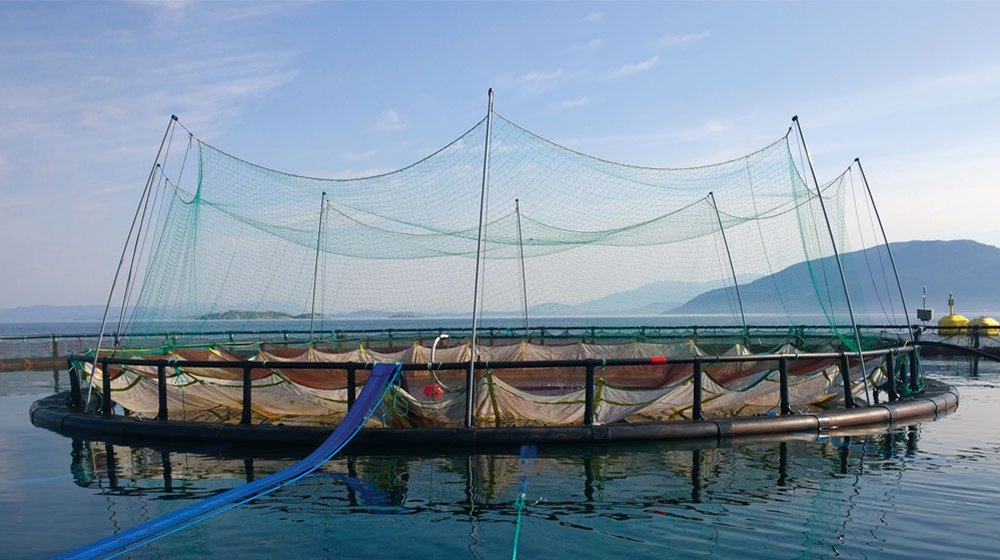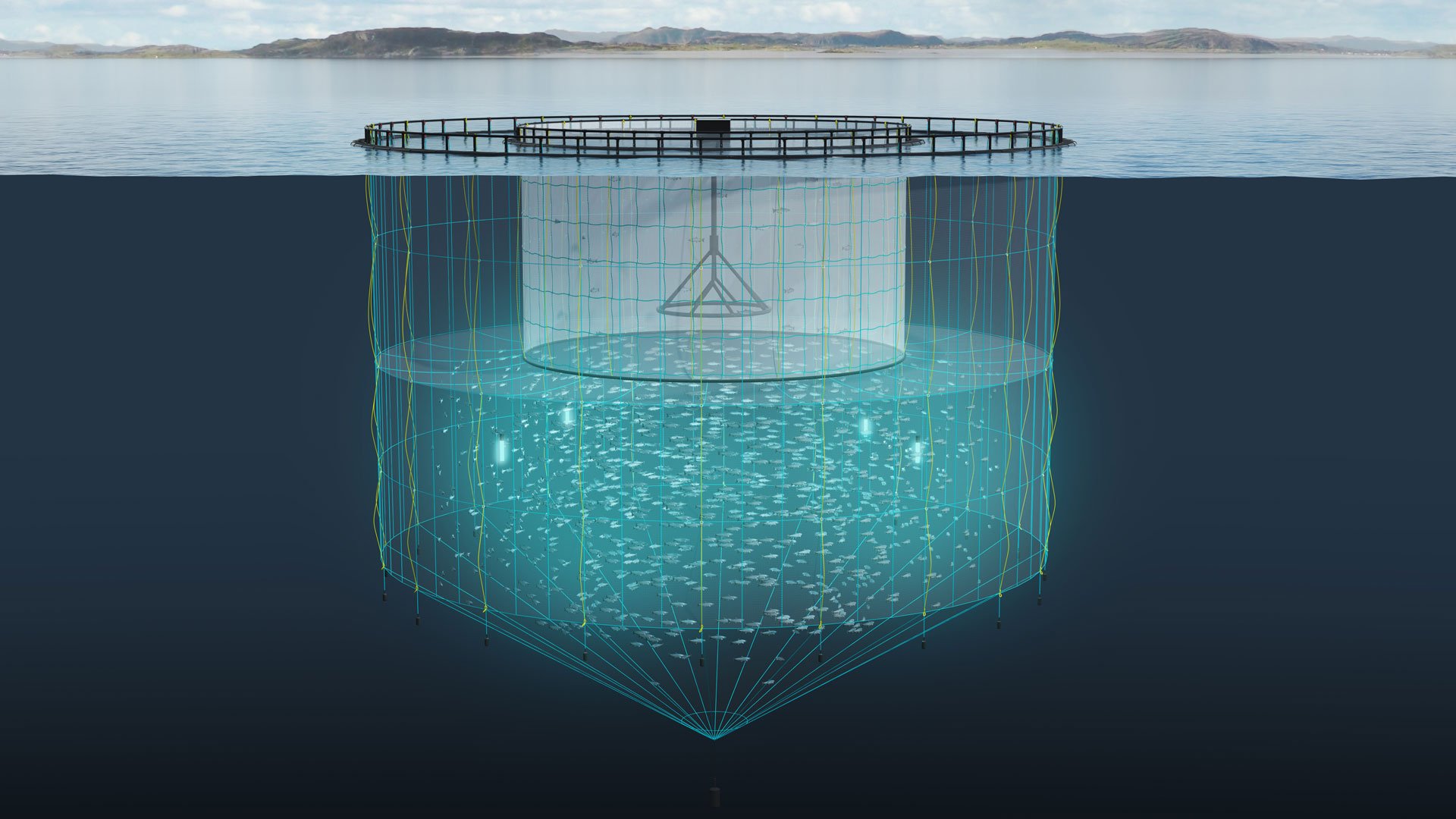
There are several good ways of delicing salmon, but what if we were able to prevent the fish from getting lice in the first place? How much could you save per generation if you could avoid delicing?
Salmon lice are a part of everyday life for fish farmers, and the cost of delicing has to be factored in for each new generation of fish. But if we could prevent lice, we would substantially improve our profit.
Over several years, our subsidiary Egersund Net has developed Tubenet™, a method for preventing lice. We have ample proof from thorough testing and improvement and are still gathering experience through a phased introduction to the market. In this article, I will give you a brief explanation of what Tubenet™ is, what benefits to expect, and what research findings the Institute of Marine Research in Norway have gathered over a few years of testing the concept.
A net inside the net
Tubenet™ is a cylindrical tube made of tarpaulin that is attached to a smaller buoyant pen inside the main pen, and that stretches down to the desired depth by means of a bottom ring. The tube usually has a circumference of 90 meters in a pen with a circumference of 160 meters.

From the bottom ring of the tube, a roof of netting stretches to the net wall in the main pen. This means the fish can remain in the deep under the net roof, but have access to the surface through the tube, where there is an opening. The net roof keeps the fish away from the upper water layer with the most massive lice presence , while the tube protects the fish from lice when it heads up to the surface to fill its air bladder.
Prevents lice infestation
Thanks to Tubenet™, the fish stay at depths where lice presence is minimal. When it heads up to the surface to fill its swim bladder with air, it is protected by the tarpaulin which encircles the tube in the middle, all the way up to the water line. When used properly, lice attacks can be reduced without handling the fish.
The added safety of having two net walls in the upper part of the pen means that holes in the outer wall caused by, e.g., drifting objects or boat traffic, do not cause escapes.
Also, because most fouling occurs on the upper part of the net wall, cleaning is not needed as often or as powerfully as in a traditional pen, which means less wear and tear on nets and reduced stress for the fish.
The shape of the tube also allows the creation of a controlled freshwater layer on the surface, which can be used, for example, in conjunction with AGD treatment.
Years of research and development
Tubenet™ is still a concept under development. The first small-scale tests of the concept started back in 2011. We have now completed several large-scale tests, and as you read this, we are collecting results from four commercial fish farms using Tubenet™.
What we have learned so far have already produced significant change in design and materials, and scalable experiments at SINTEF define specifications to withstand wind, current, and wave height.
Impressive test results
We have tested the concept over several years in close cooperation with the Institute of Marine Research and Bremnes Seashore, and the results so far are indisputable: Tubenet™ reduces the presence of salmon lice.
Here are some of the findings:
- Lice presence decreases with the depth of the tube. At 16 meters, there are virtually no lice.
- A 10 meter tube reduces lice presence by 76 – 80%
- The need for lice treatment is reduced by 50%
- No difference in fish welfare between Tubenet™ and control pens
"In summary, the results clearly show that the presence of lice will be almost 0 if the snorkel is deep enough, or more correctly, if the fish swim deep enough".
- The Institute of Marine Research
By combining Tubenet™ with cleaning fish, light, and underwater feeding, you can achieve an even better preventive solution.
Not for everyone
Tubenet™ cannot be used everywhere. We find that local conditions such as currents and wave heights determine whether this is a suitable solution for any given fish farm.
Some operations at the worksite will be more difficult with this solution, e.g., it becomes more challenging to use traditional mort collector nets, and a mort collector system with pumps (lift-up or equivalent) should be used instead. We have also found that so far Tubenet™ demands more high-qualified personnel than if standard pens are used.
We continue to work on further optimization of the product. The development period has clearly shown that Tubenet™ will be a vital tool in the fight against lice, and will thus contribute to increased fish welfare, improved growth, reduced environmental impact, and increased profitability.
{{cta('d9cd2c57-a311-4e78-af33-b1dff90fff36')}}